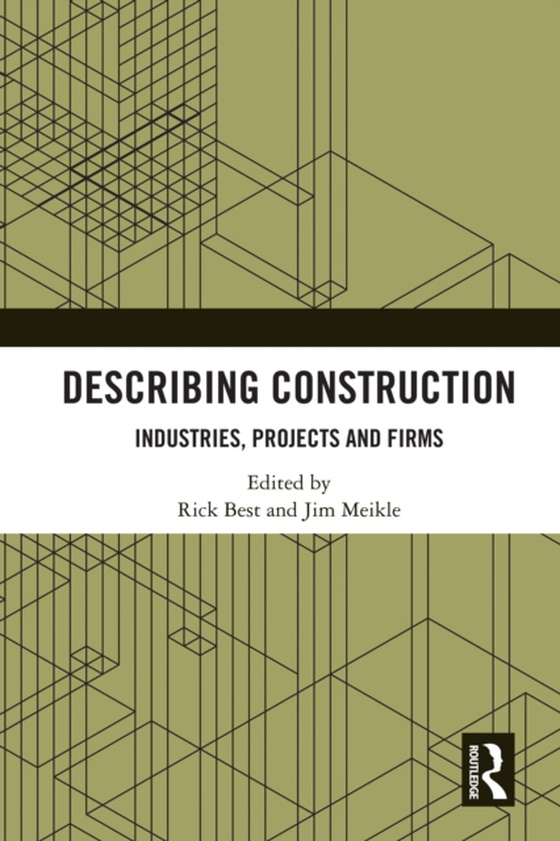
Describing Construction e-bog
436,85 DKK
(inkl. moms 546,06 DKK)
This third book from editors Rick Best and Jim Meikle brings together and presents insights into a number of key concepts in the study of construction firms, projects and the group of activities that loosely define the construction industry. The value for readers comes from the collection of a variety of topics in a single volume, which provide a basic understanding of the complexities of const...
E-bog
436,85 DKK
Forlag
Routledge
Udgivet
16 september 2022
Længde
306 sider
Genrer
Economics of industrial organization
Sprog
English
Format
epub
Beskyttelse
LCP
ISBN
9781000648126
This third book from editors Rick Best and Jim Meikle brings together and presents insights into a number of key concepts in the study of construction firms, projects and the group of activities that loosely define the construction industry. The value for readers comes from the collection of a variety of topics in a single volume, which provide a basic understanding of the complexities of construction as more than a set of practical concerns such as labour management and materials handling. Instead, the focus is on analysis of the industry and its component parts from the viewpoints of construction economists and others seeking to understand the drivers and challenges that shape an area of economic activity that is a major contributor in all economies.The aim of this book is to provide an overview and discussion of several aspects of what makes construction tick. It is unlike other industry sectors in many ways, being project-based with often intense competition for work. Where the first book, Measuring Construction, focused on particular areas associated with quantifying various aspects of construction activity and the second, Accounting for Construction, looked more at how we record and report on construction activity, Describing Construction gives readers the views of experts in the field of how the construction industry is described, what its make-up is, it even asks the question: is construction a single industry? This book will change the way most readers understand the 'construction industry', whatever that may be, not from the point of view of visible on-site activities, but through a scientific approach to analysis and understanding of how projects, firms and various sectors of the industry work and how things are changing and may continue to change in future. It is essential reading for students and researchers in construction management, quantity surveying, architecture and engineering.
 Dansk
Dansk

